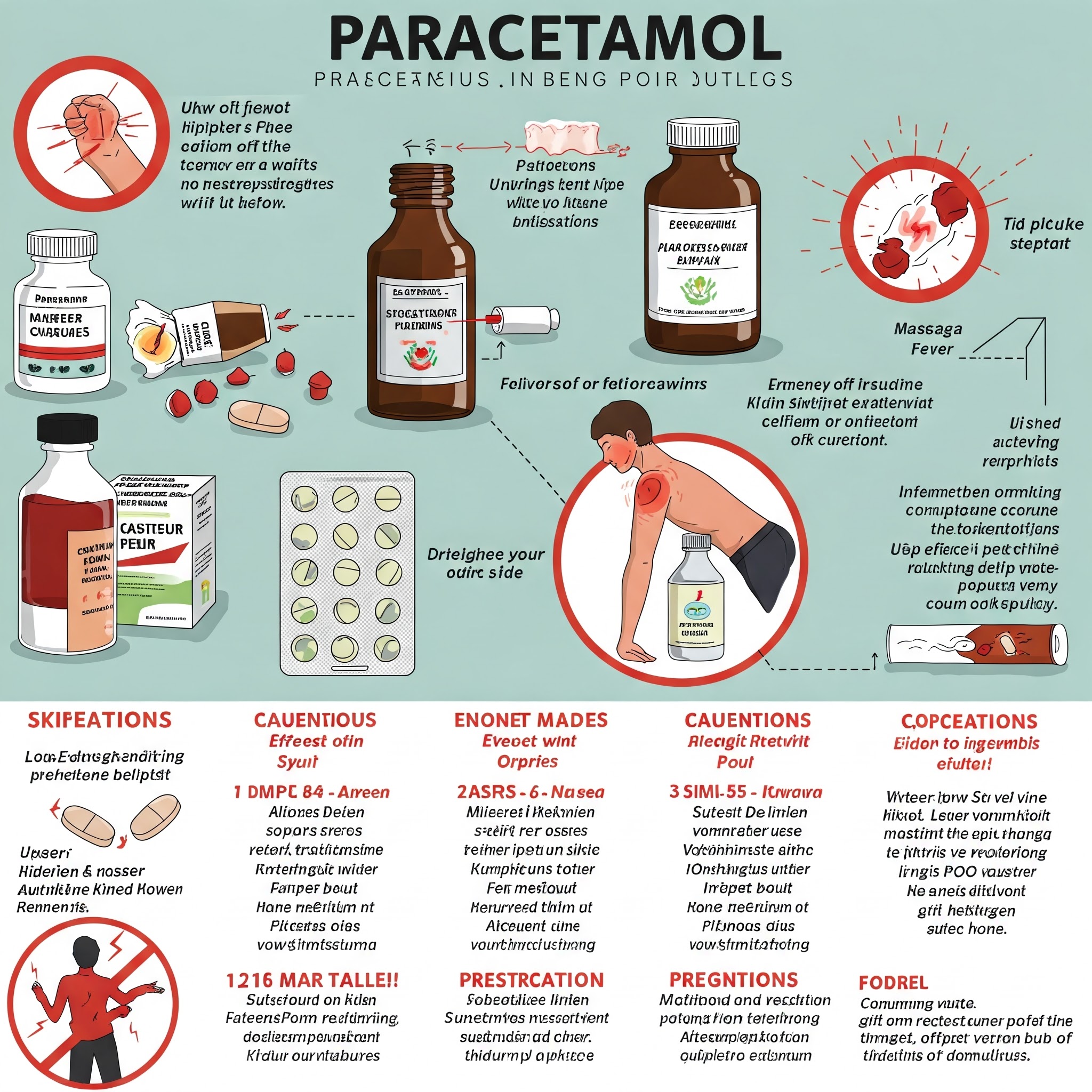Explore Pharmaceutical Formulation Companies in India – Medicef Pharma Insights
Explore leading pharmaceutical formulation companies in India through Medicef Pharma Insights. Stay informed and elevate your understanding of the market.

Paracetamol, also known as acetaminophen in some regions, is a widely used over-the-counter pain reliever and fever reducer. It's a staple in many medicine cabinets due to its effectiveness for various common ailments. However, like any medication, it's important to understand its uses, potential side effects, and necessary precautions to ensure safe and effective use.
What is Paracetamol Used For?
Paracetamol is primarily used to relieve mild to moderate pain and reduce fever. It is effective for:
While the exact mechanism of action is still being researched, it is believed to work by affecting chemical messengers in the brain that signal pain and regulate body temperature. Unlike NSAIDs (non-steroidal anti-inflammatory drugs), paracetamol does not significantly reduce inflammation.
How to Take Paracetamol
It is crucial to follow the dosage instructions on the medicine packet or as advised by your doctor or pharmacist. The correct dose depends on age, weight, and the specific product being used (tablets, capsules, liquid, etc.).
Side Effects
When taken at recommended doses, side effects from paracetamol are rare. However, some individuals may experience:
Serious Side Effects (usually associated with overdose):
Cautions and Warnings
To ensure the safe use of paracetamol, consider the following cautions:
In Summary
Paracetamol is a valuable medication for relieving pain and reducing fever when used correctly. However, it is crucial to be mindful of the dosage limits, potential side effects, and interactions with other substances. Always read and follow the instructions on the packaging and consult a healthcare professional if you have any questions or concerns, or if your symptoms persist or worsen.
Disclaimer: This article provides general information about Paracetamol and should not be considered medical advice. Always consult with a qualified healthcare professional for personalized diagnosis, treatment, and management of your health condition.
Sources and related content
Explore leading pharmaceutical formulation companies in India through Medicef Pharma Insights. Stay informed and elevate your understanding of the market.
Explore the synergy of CO-AMOXICLAV and Lactic Acid Bacillus. Uncover their roles in promoting health and fighting infections effectively.
Discover how beta-lactam antibiotics combat bacterial infections by disrupting cell wall synthesis. Learn about their mechanisms and effectiveness today.
Explore our premium ready-to-compress granules designed for tablet formulation. Achieve optimal results in your production with our innovative materials.
Discover how we ensure quality pharmaceuticals remain affordable, making healthcare accessible for all. Explore our commitment to excellence and value.
Discover the comprehensive guide to Amoxicillin and Clavulanic Acid Sachet BP. Learn about its uses, benefits, and important dosage information for effective treatment.